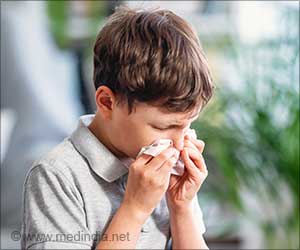
‘New wearable passive air sampler, called Fresh Air Clip, adsorbs virus-laden aerosols on a polydimethylsiloxane (PDMS) surface.’
Read More..Tweet it Now
Researchers have used active air sampling devices to detect airborne SARS-CoV-2 in indoor settings; however, these monitors are typically large, expensive, non-portable, and require electricity.Read More..
Krystal Pollitt and colleagues wanted to develop a small, lightweight, inexpensive, and wearable device that doesn’t require a power source to better understand personal exposures to the virus.
The researchers developed a wearable passive air sampler, the Fresh Air Clip, that continually adsorbs virus-laden aerosols on a polydimethylsiloxane (PDMS) surface.
The team tested the air sampler in a rotating drum in which they generated aerosols containing a surrogate virus, a bacteriophage with similar properties to SARS-CoV-2.
They detected a virus on the PDMS sampler using the polymerase chain reaction (PCR), showing that the device could be used to reliably estimate airborne virus concentrations.
Advertisement
Scientists detected the highest viral loads in two badges from restaurant servers.
Advertisement
Source-Medindia








